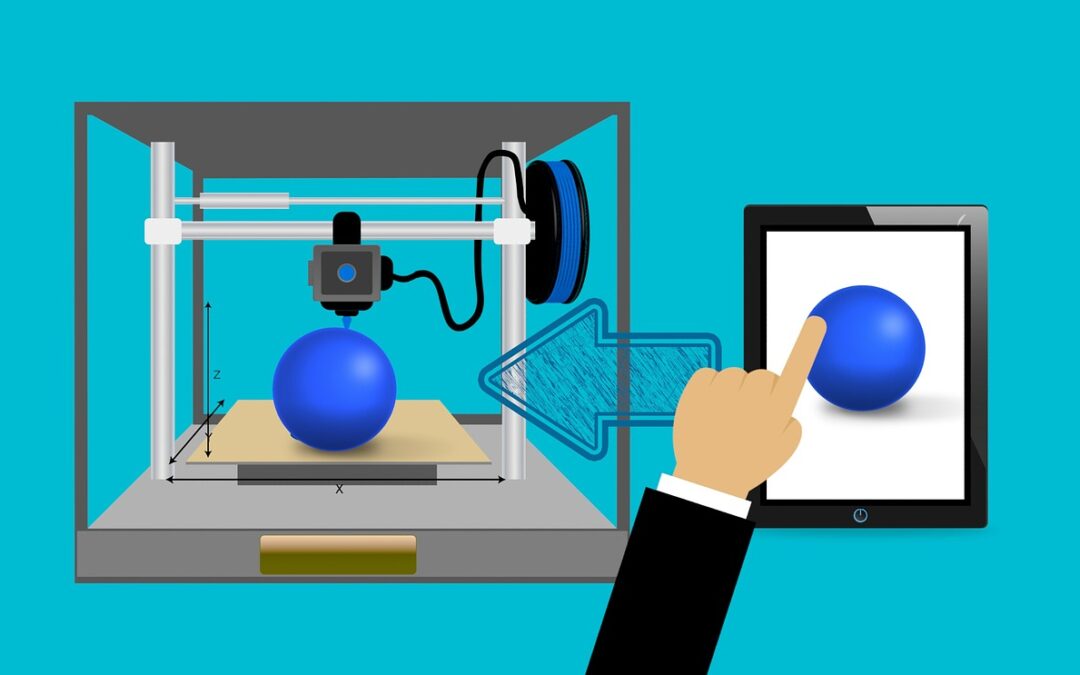Thinking is a bit like driving, running, or other physical activities. When we get moving in a certain direction, it is challenging to shift our focus. Here is the paradox. Agile has been a kind of thinking and work process long enough to block agile thinking. Our aspiration has become our blocker. Oh, the picture above is for a 3D printer. We will explain that later, but for right now, we ask you to wait and not look ahead.
What is the current home?
Agile, currently, is focused mainly on the person and or team. I don’t think that should change. We discovered this researching a startup project regarding online learning. So, to frame our thinking, we will look at what exists today for online learning as a real subject. This way, we get to avoid abstract theory and get real.
What is real in online learning today? There are more courses available than at any time in the past for students. It is also true that as a teacher, we have better access to learners than at any previous time in history. So let us look at teachers and learners separately.
Agile Online Learning
If you look at the headers below, yes, those are agile/scrum topic headers. We thought it would be an appropriate approach to the topic.
What is going well?
Video online in the last two decades, wow. Sorry, WOW!!! We can play in high resolution, seek specific locations really fast, and play at different speeds. If we have resources like PDFs or files, also awesome. Oh, and though it has been there longer, the integrated chat/forums/etc. are really good.
What could be better?
Learning is currently a linear experience. If we enroll in a course online, the course is designed to walk us down a step-by-step sequence. Unit one, lesson one, followed by lesson 2. On it goes, lesson by lesson, unit by unit. Online learning has a challenge; the teacher is not there.
Some sites deal with this challenge by creating places for questions and answers. This is helpful, but it reveals a challenge that came up over and over in our research. It may feel like a course was made for a different learner than you. Perhaps the instruction is too slow for where you are on the topic at the moment, or maybe too fast. Maybe you are taking a course that is too designer heavy in information because you are primarily a developer. The course said it worked for both, but as a student, you feel like the reason developers were included was to increase sales. Either way, it is frustrating.
Primarily, the biggest challenge is content online tends to be tested for accuracy, but not always. What it is not tested for us learner acceptance. That is similar to user acceptance. What we are asking for here is validating the typical target student gets traction with the learning material. If the agile process stops before the end user, well, it isn’t a win.
Oh, also in our research it was mentioned that learning is not available in a season that prepares us for application of that learning. The time between learning and application causes frustration because the student has stale knowledge. This was the opinion of department leaders in our research.
Agile Online Teaching
You may think we were picking on the teacher above. Nope.
What is going well?
Access to large groups of students, yes. A platform to put our content out we don’t have to build is also great. Video technology, from screen recorders to smartphones, is next level. Oh, then the quality of paid and royalty-free image sites has really improved. We can connect with students so fast.
Oh, we didn’t mention this above, but webinar and video meeting technology are also so much better.
What could be better?
The field is more crowded than ever before. The market is also much larger, so we have both more people failing as teachers and many more than used to succeeding. This is frustrating for both the student and the teacher.
How do we get students into our course before it goes live? How do we know our topic is too narrow or too broad? Did we cover too much or too little material in this lesson? Is our audience too broad or too narrow? We will never get it perfect, but a system that helped us get more clues would benefit everyone.
Oh, while we do have the online reach, how do we monitor engagement productively? Measurements need to be converted into some action that benefits our students, not judges them.
Modern agile home in summary…
Things have moved in the right direction in so many ways. While things are challenging, we are making progress. Video, access, and price for online learning have improved. Profit at large is better also if a teacher can figure out the right mix. This is not unique to teaching, but we wanted to focus there to have a central pivot to drive this point home.

Isn’t our home good enough?
It is the human condition to quest. There is a science that talks about how part of our brain struggles with too much routine. We are not talking about wanderlust here. We are talking about building on the shoulders of those who came before us. In the flow of time, not everything is sustainable, and our needs change. It is healthy to acknowledge the amazing wins of those who brought us to where we are today.
Yet, here we are. It is today and not yesterday. Ahead of us, we face tomorrow. Remembering yesterday will give us wisdom on how to face it. We need to understand the power of satisfaction to enlighten us about what matters most. Satisfaction will not blind us to creativity or prevent us from seeing opportunities. Satisfaction will empower us to capture resources to apply toward opportunity.
Opportunity to Learn Better
Yes, again, in the agile tradition, we will include what was missing above. Action items. First, we want to take a look at the student’s learning journey.
What shall we change?
Remember at the start of the article; we mentioned 3D printing? What makes 3D printing awesome is the ability to get what we need or want. Imagine if education could move more in that direction. Custom education that was pragmatic is possible? The assembly line started moving in this direction decades ago. If you want a Ford, you no longer have to choose black as your only option. 3D printing is just moving farther in that direction, and hopefully with less waste.
What can we do for our students to improve by getting them the educational product they are seeking? First, realize there is a human in the educated target. The journey and the destination are where they will live life. We want to assist them on their quest, not have educational resources that make the quest more difficult. This is where we deal with the validation of learning mentioned above. Get some of our students in the creative flow to test learnability pre-release. This is the 3D printing phase. Often 3D printing is great for testing things that end up being released in mass manufacturing. We should do the same with course creation.
What about individuality? In our Open Learning Server, we discovered three key audiences; businesses, students, and teachers. As we share our work, we need to speak to these groups with targeted content. Each group is interested in the perspective of others, but that interest is limited. So, how do we give each group enough content without giving the others too much? We split the individual lessons where it is an issue to a non-linear learning solution. After the split lessons, we bring them back together.
Lastly, we should find a way to allow content to be marked for review. Perhaps at the end of each section, we let the student give a perspective rating for the content they believe they might want to review. Imagine a course that tracked for the student what they need to review in the course, not outside of it on a floating electronic or paper note.
Opportunity to Teach Better
Teaching also can be improved. What is the teacher’s journey? This journey starts during the creation of the course and either ends there or continues with assisting students to journey through what was created.
What shall we change?
The pre-release learnability testing will help the teacher to have confidence and to pivot when confidence was off target. The sooner we get off target, the farther we end off target. Plus, the sooner we get the correct confidence, the more energy goes to creative focus. Teachers can know the average student will learn and not just hope so. In this process, the teacher will also learn where they struggle, and it will give them an opportunity to grow.
Some people have asked, won’t it be a burden to create two or three lessons on the same topic? If it were the whole course, yes, they would be right. Otherwise, we would see people creating similar courses for near audiences often already. This will come up in some lessons, not the whole course. The teacher will not have to guess where because the learnability testing will highlight when it should be considered.
And the refreshing approach, we are still working on that aspect. But with these three combined, people would typically win with the learning, the instructors would typically get better, and more students would hear about the course and take it. Fewer courses would be created for small audiences. If it isn’t working, like Lean Startup thinking, we would find that out earlier. Finding out our course doesn’t work after completing it is too late.
What is Agile’s New Home?
The new home is an old home. All the changes were discovered by engaging in meaningful relationships with people. Technology wasn’t missing. It just was more of a tool than an answer. It is so easy to make technology our focus and treat people like tools to push technology forward.
Is this shift significant? We believe so. As our product hits the market, we welcome your input on where it can improve.
How will you influence learning today?




Recent Comments